Nature’s beauty can turn deadly in an instant. Knowing which animals pose the greatest threats can mean the difference between life and death in a survival situation.
While most wildlife prefer to avoid people, some species can become aggressive when hungry, threatened, or protecting their territory. These encounters are rare, but they can be life-threatening when they happen.
We’ve highlighted these creatures based on their potential danger to humans in survival scenarios, prioritizing those with the greatest risk of injury or fatal encounters. Lesser threats, like small predators or passive species, didn’t make the cut.
1. Grizzly Bears
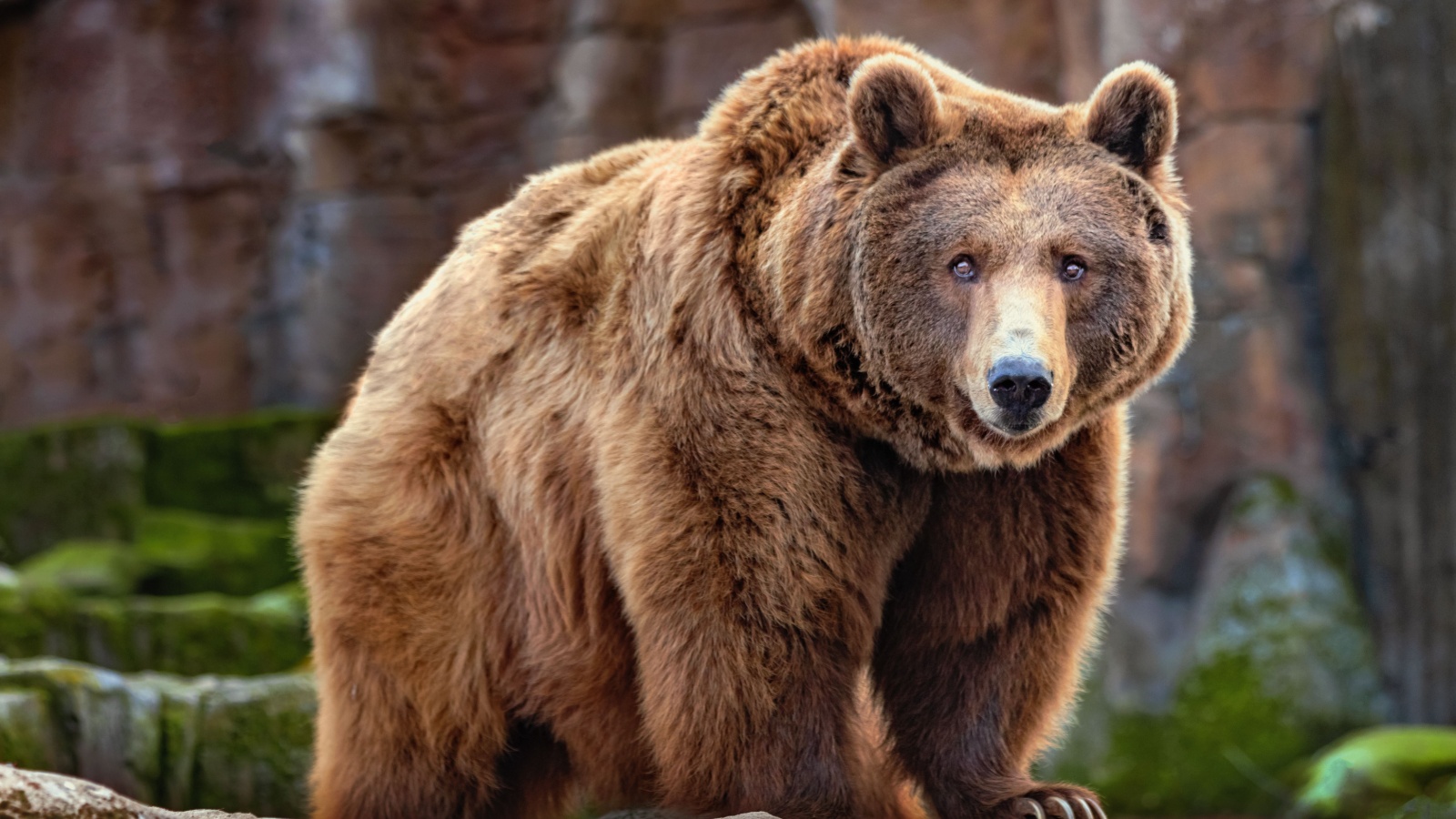
Grizzly bears are massive and powerful creatures, capable of running up to 35 mph despite weighing up to 1,500 pounds. These bears have been known to attack humans, especially if surprised or if a mother feels her cubs are threatened. Their sharp claws, measuring up to 4 inches long, can easily tear through flesh and bone. In a survival situation, encountering a grizzly could be life-threatening due to their strength and aggressive nature when provoked.
2. Mountain Lions
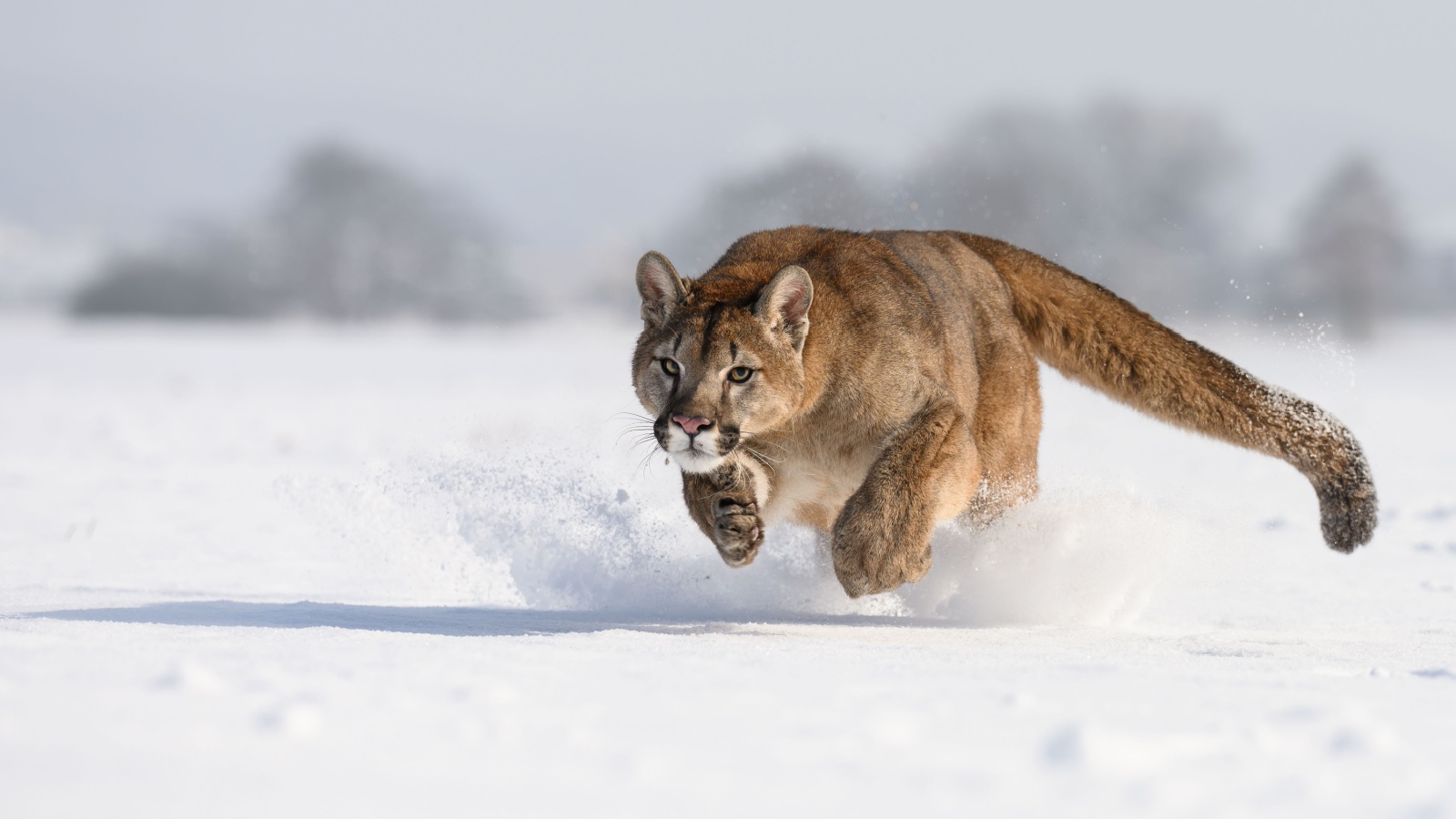
Also known as cougars or pumas, mountain lions are stealthy predators across the western United States. These big cats can leap up to 40 feet horizontally and 15 feet vertically, making them excellent ambush hunters. Weighing up to 200 pounds, a mountain lion’s powerful jaws can easily crush bones. In a survival scenario, their ability to silently stalk prey makes them particularly dangerous, as you might not realize you’re being hunted until it’s too late.
3. Timber Rattlesnakes
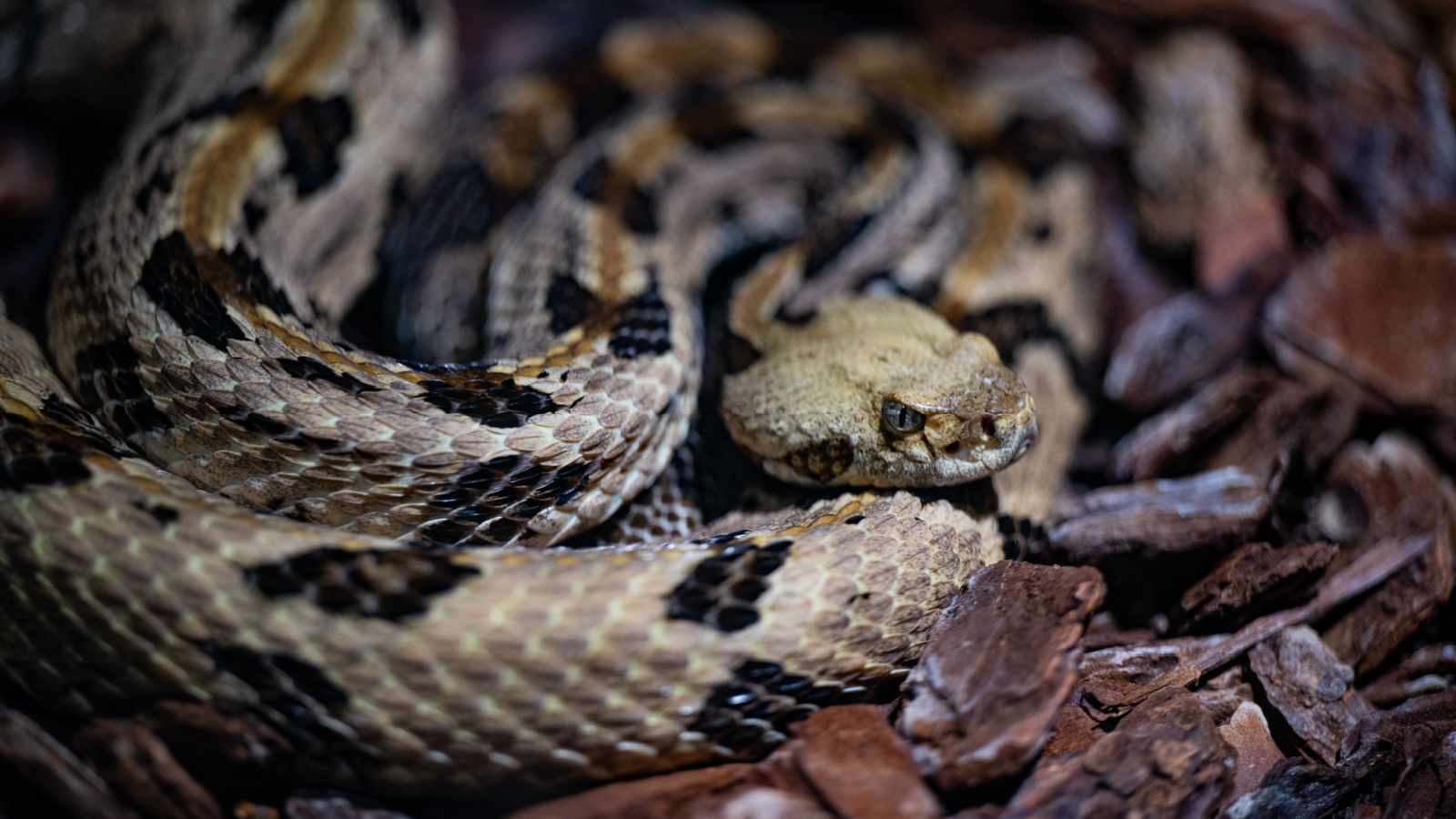
Timber rattlesnakes are venomous pit vipers found in the eastern United States. Their potent hemotoxic venom can cause severe pain, tissue damage, and internal bleeding. These snakes can grow up to 5 feet long and have heat-sensing pits that allow them to detect warm-blooded prey. In a survival situation, their camouflage and tendency to freeze when threatened make them easy to step on accidentally, potentially leading to a life-threatening bite.
4. Alligators
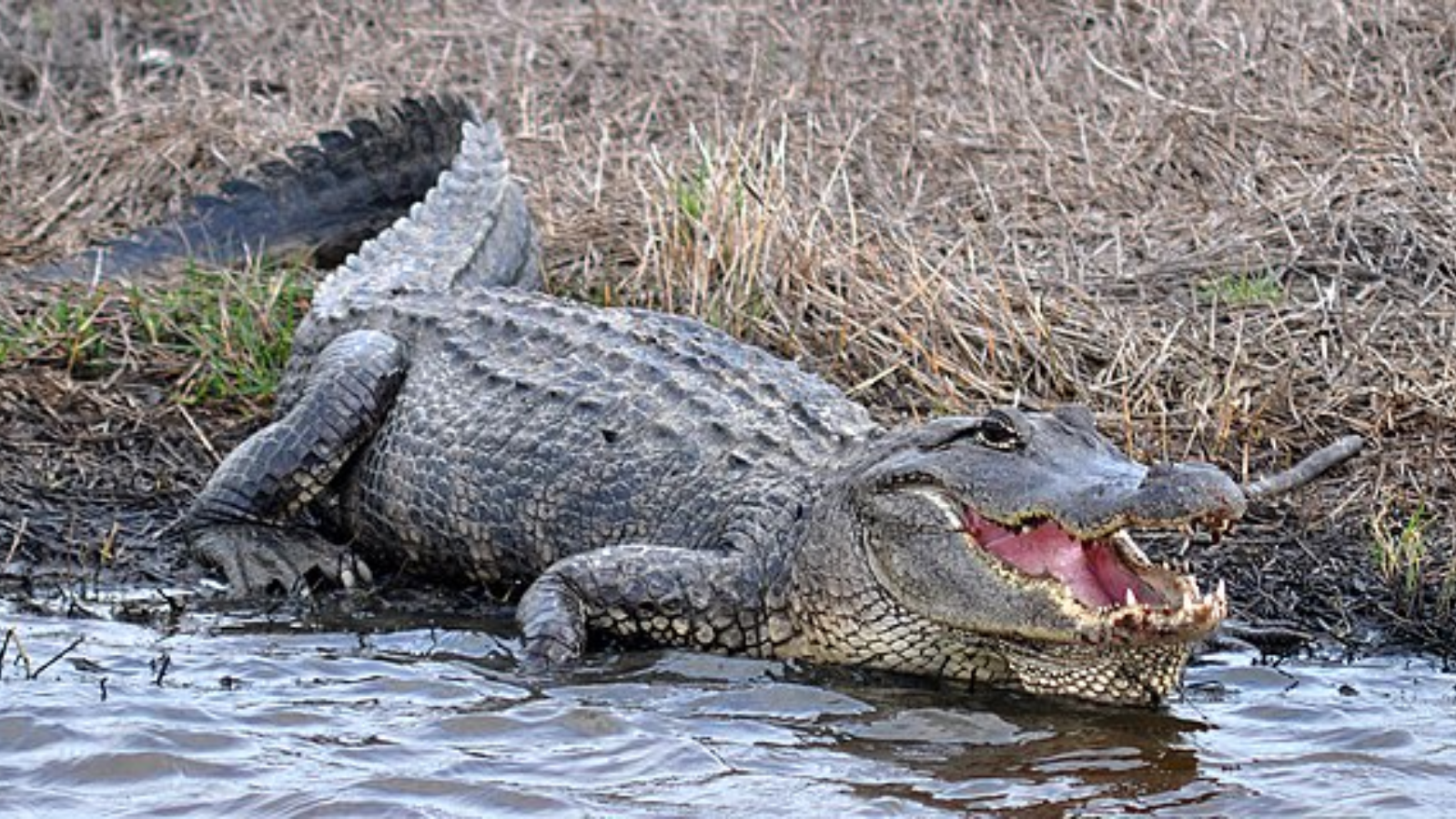
American alligators inhabit the southeastern United States, growing up to 14 feet long and weighing over 1,000 pounds. Their powerful jaws can exert a bite force of up to 2,125 pounds per square inch, easily crushing bones. Alligators are ambush predators, often lurking just below the water’s surface. In a survival scenario, crossing bodies of water in alligator territory could be extremely dangerous, as these reptiles can move surprisingly fast on both land and water.
5. Black Widow Spiders
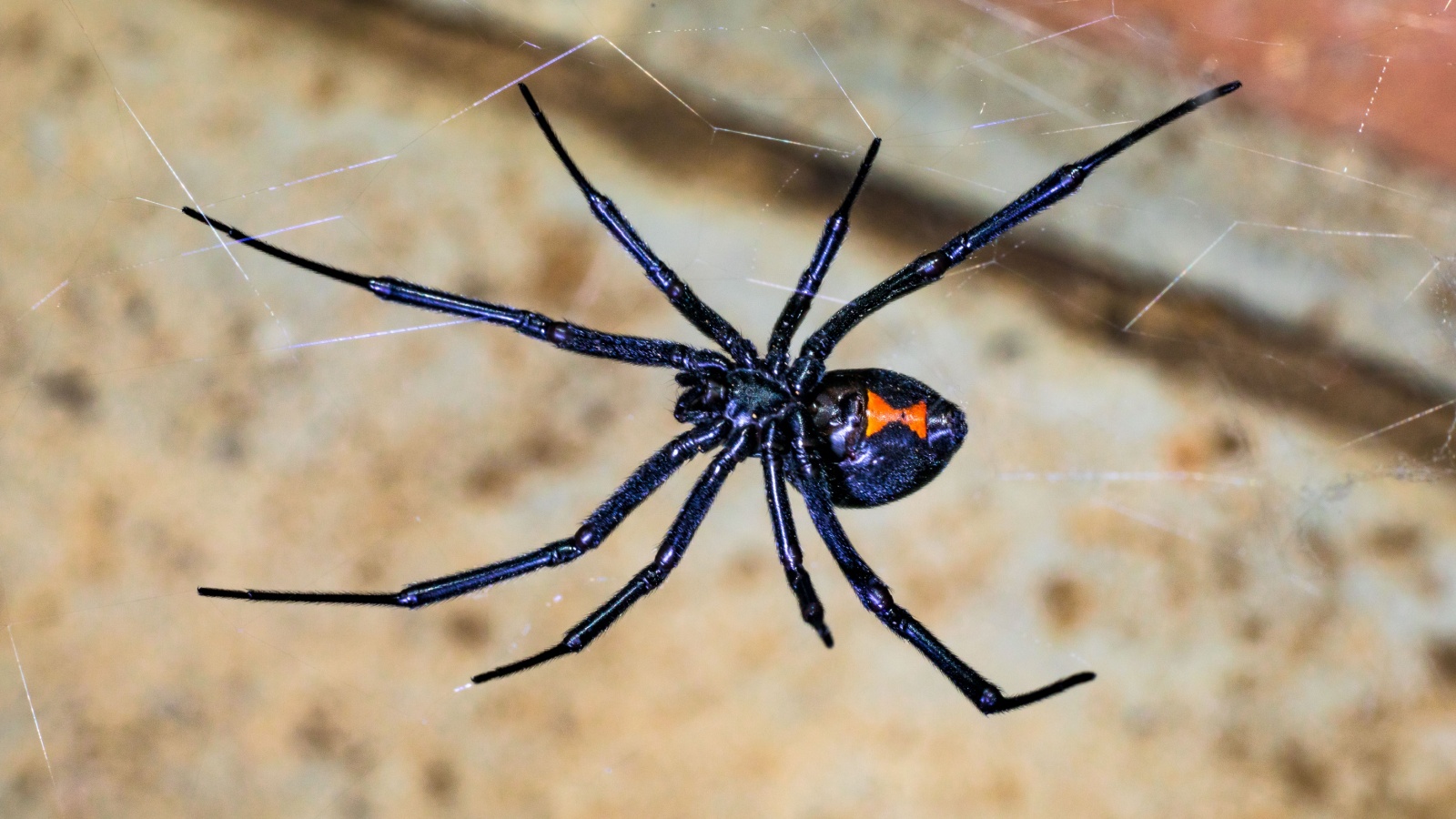
Black widow spiders are found throughout the United States, recognized by the red hourglass marking on their abdomen. Their venom is 15 times stronger than a rattlesnake’s, causing severe pain, muscle cramps, and nausea. These spiders often hide in dark, secluded areas like woodpiles or abandoned structures. In a survival situation, seeking shelter without carefully inspecting your surroundings could lead to a painful and potentially dangerous encounter with these tiny but potent arachnids.
6. Moose
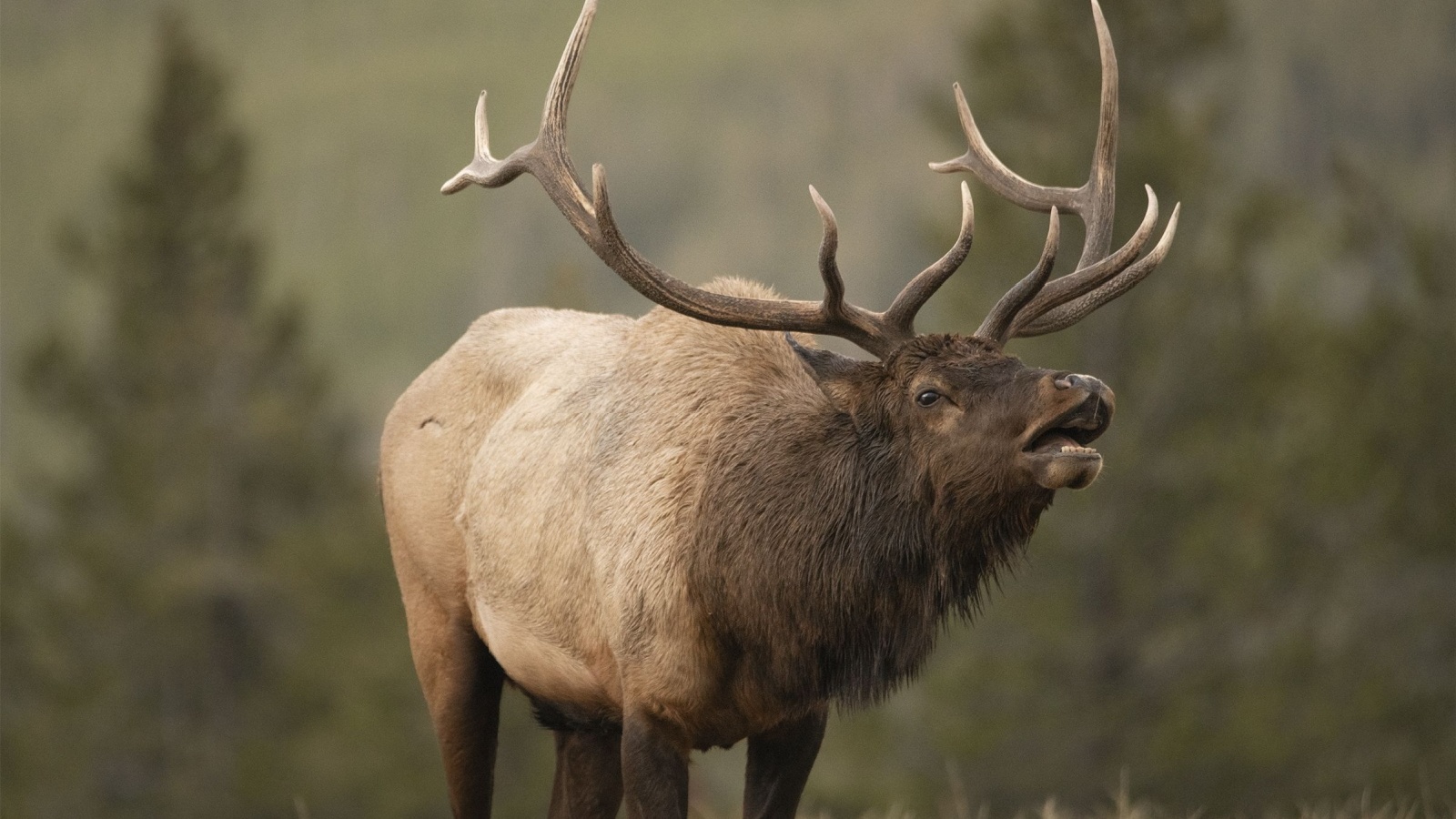
Moose are the largest members of the deer family, standing up to 6.5 feet tall at the shoulder and weighing up to 1,500 pounds. Despite their size, moose can run at speeds up to 35 mph and are excellent swimmers. These animals are typically peaceful but can become aggressive if they feel threatened, especially during mating season or if a mother is protecting her calf. In a survival scenario, accidentally stumbling upon a moose could lead to a dangerous charge, as their sharp hooves and massive antlers can cause serious injury.
7. Wolves
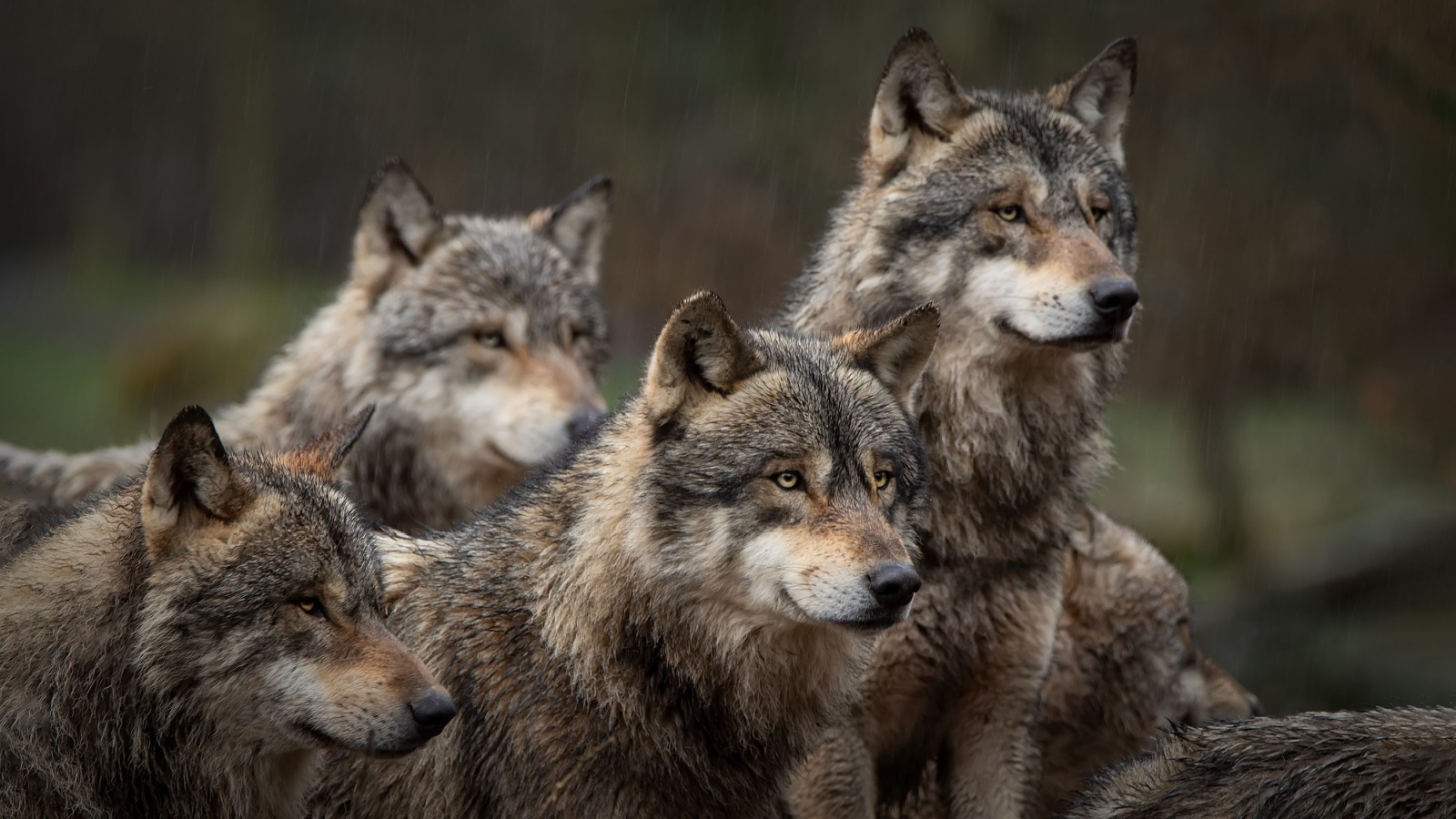
Gray wolves are pack animals found in various parts of North America. They can weigh up to 175 pounds and can run at speeds up to 40 mph. Their powerful jaws can exert 1,500 pounds of pressure per square inch. While wolf attacks on humans are rare, in a survival situation where food is scarce, a hungry wolf pack might view a lone human as potential prey. Their coordinated hunting tactics and stamina make them formidable predators in the wild.
8. Brown Recluse Spiders
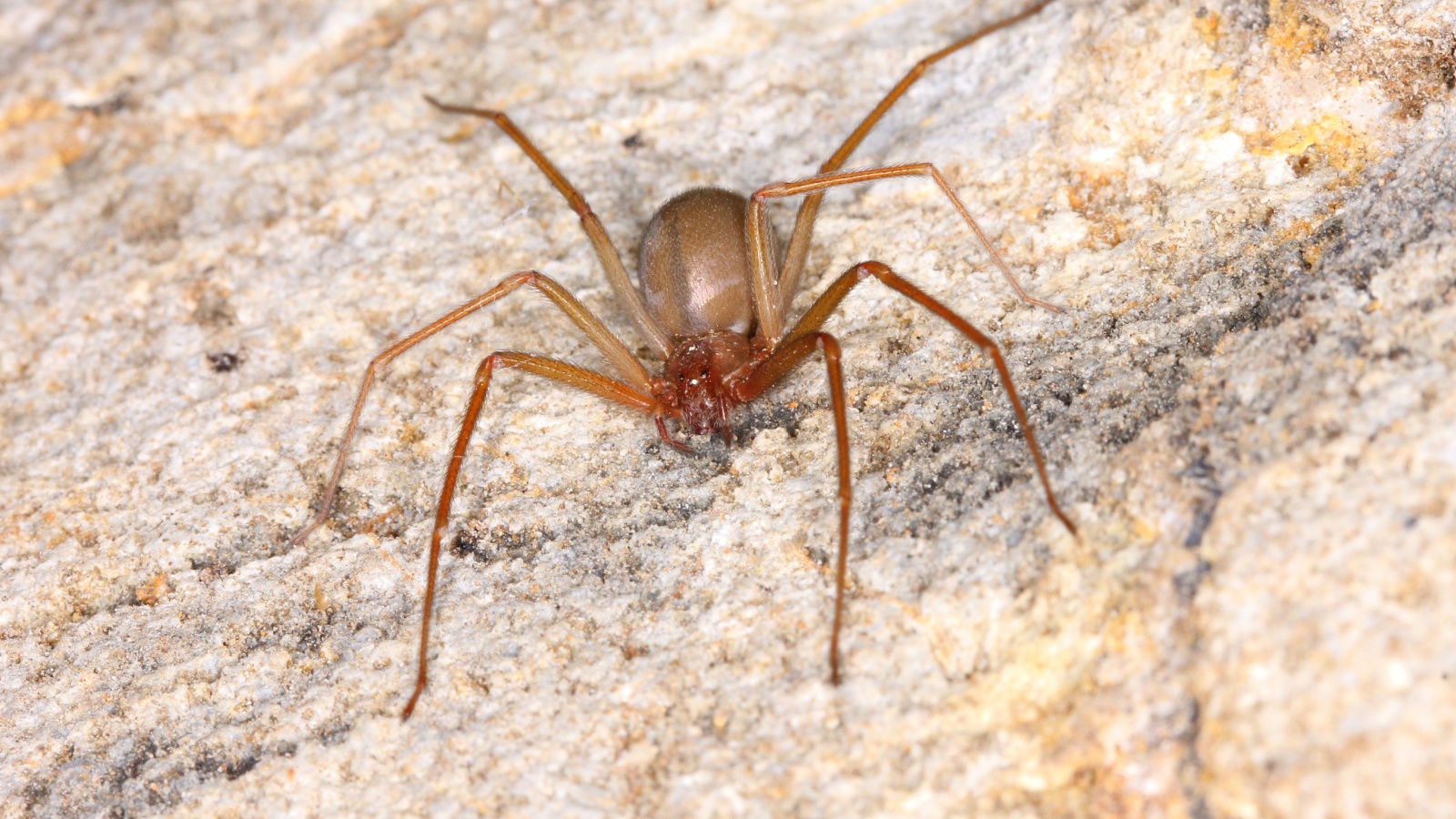
Brown recluse spiders are found in the central and southern United States, identified by the violin-shaped marking on their back. Their venom contains a tissue-destroying agent that can cause severe wounds that are slow to heal. These spiders often hide in dark, quiet areas and may crawl into clothing or bedding. In a survival scenario, carelessly putting on clothes or sleeping in an unsecured area could lead to a bite, potentially causing a painful and long-lasting injury.
9. Bison
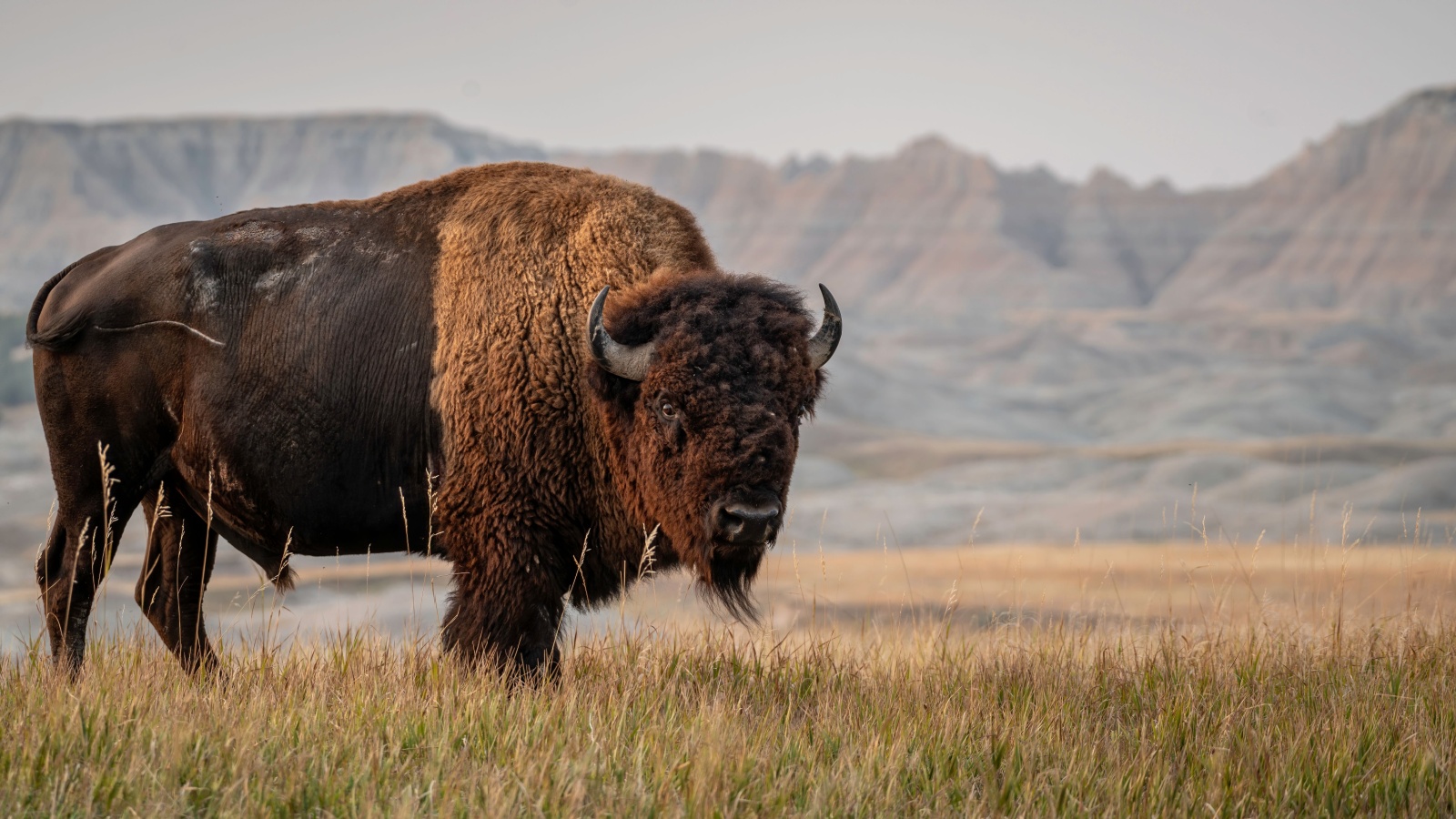
American bison, often incorrectly called buffalo, can weigh up to 2,000 pounds and run at speeds up to 35 mph. Despite their bulk, they’re agile enough to jump fences and turn quickly. Bison have poor eyesight but acute hearing and smell, and they may charge if they feel threatened. In a survival situation, underestimating the speed and power of these massive animals could lead to a dangerous confrontation, especially during mating season when males are particularly aggressive.
10. Fire Ants
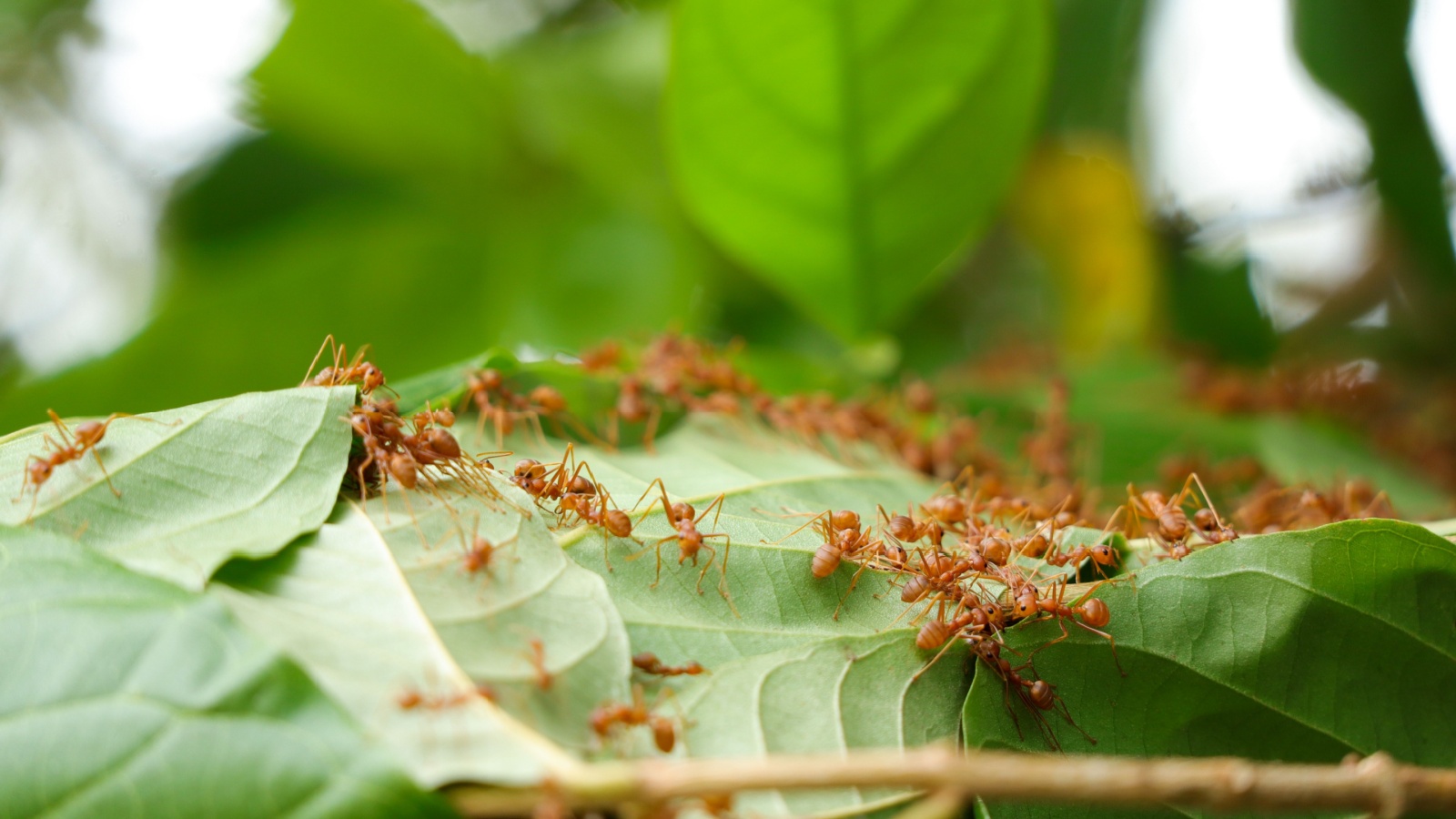
Fire ants are found in the southern United States, known for their painful sting that feels like a burn. These tiny insects attack in swarms, each ant capable of stinging multiple times. Their venom can cause severe allergic reactions in some people, leading to anaphylaxis. In a survival scenario, accidentally disturbing a fire ant mound could result in hundreds of painful stings, potentially causing a medical emergency in a situation where help is not readily available.
11. Polar Bears
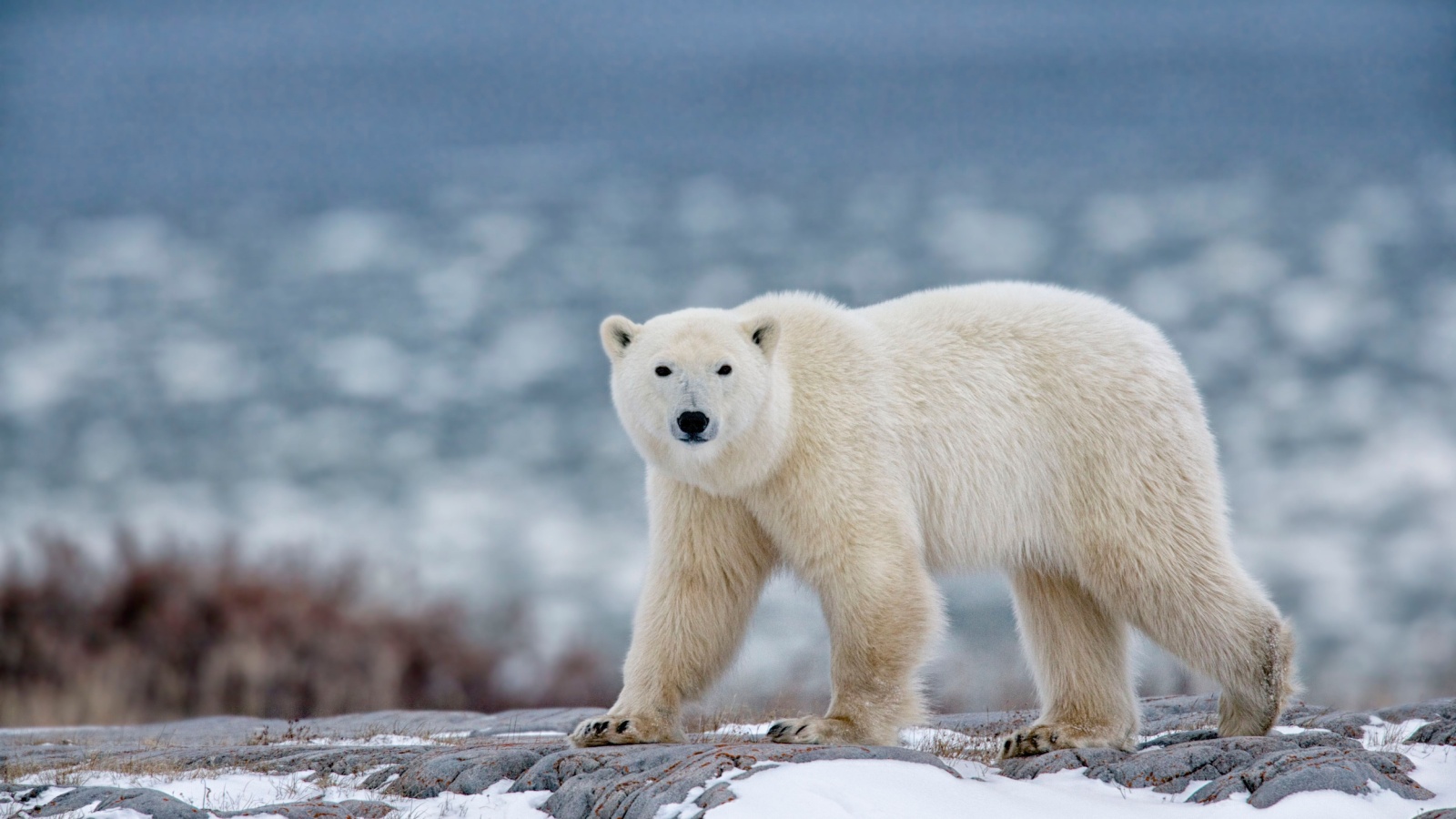
While not common in most of the US, polar bears in Alaska pose a significant threat. These massive predators can weigh up to 1,500 pounds and are known to actively hunt humans. Their thick fur and layer of blubber make them highly resistant to cold, allowing them to swim long distances in icy waters. In a survival situation in the Arctic, encountering a polar bear could be extremely dangerous due to their size, strength, and predatory nature.
12. Scorpions
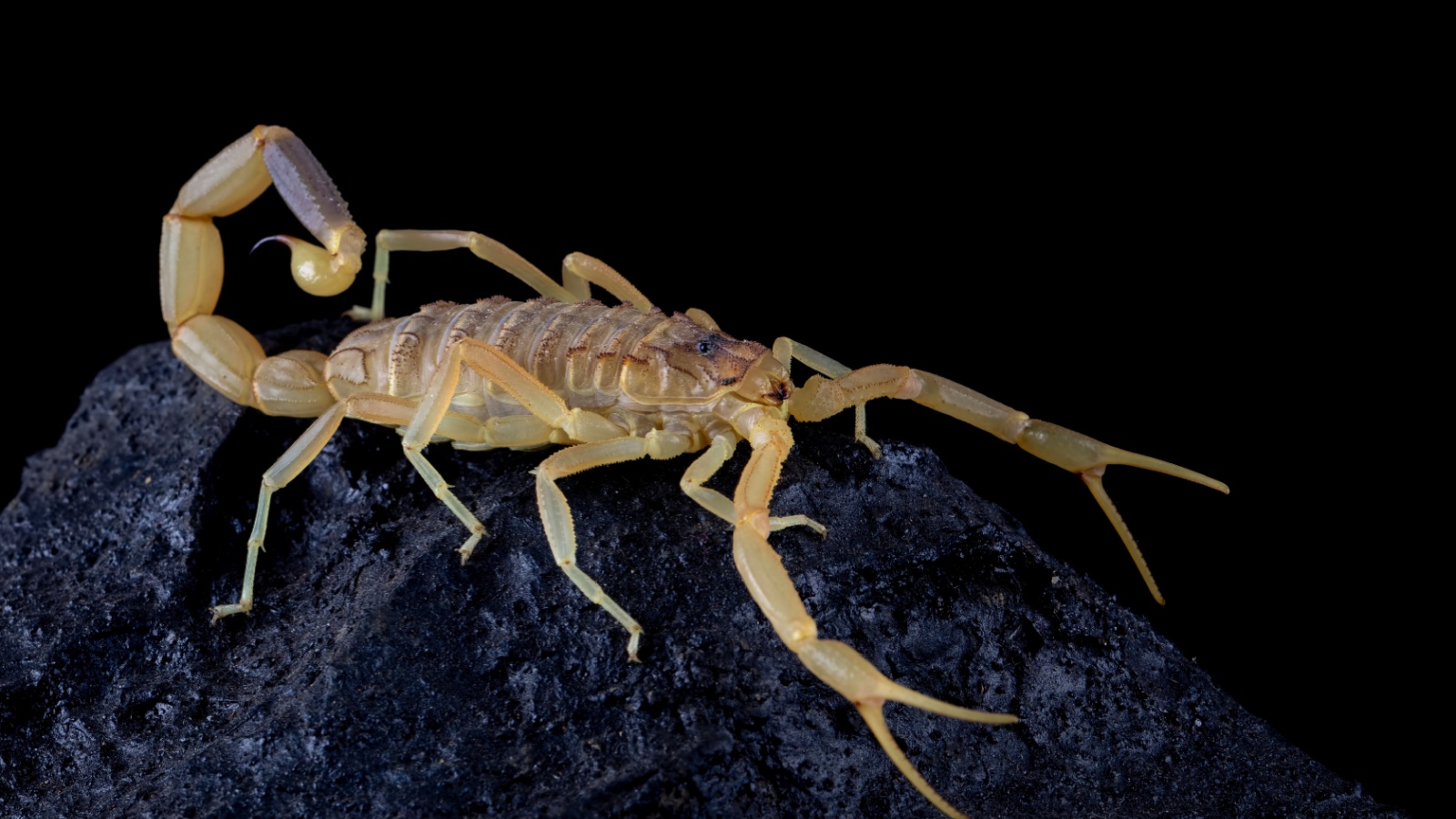
Various species of scorpions inhabit the southern and southwestern United States. While most scorpion stings are painful but not deadly, the bark scorpion found in Arizona and New Mexico can deliver a potentially lethal sting. These arachnids are nocturnal and often hide in small, dark spaces. In a survival scenario, carelessly reaching into crevices or putting on shoes without checking them first could lead to a painful or even dangerous encounter with a scorpion.
13. Wild Boars
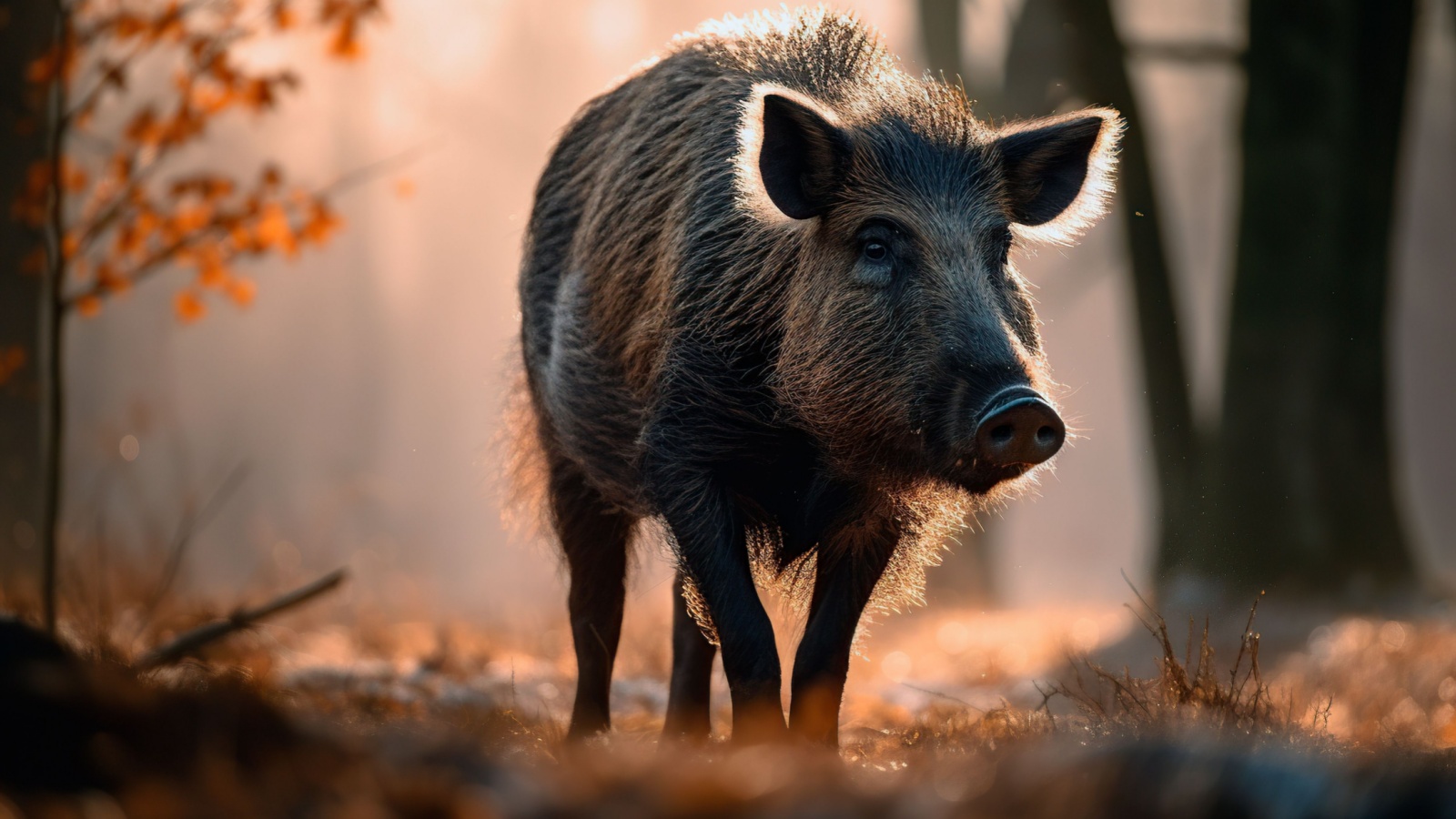
Feral hogs or wild boars are found in many parts of the US, particularly in the South. These animals can weigh up to 400 pounds and are equipped with sharp tusks capable of inflicting serious wounds. Wild boars are known for their aggressive behavior and can run at speeds up to 30 mph. In a survival situation, stumbling upon a group of wild boars, especially if there are piglets present, could lead to a dangerous charge. Their tough hide and low center of gravity make them formidable opponents, capable of causing severe injuries with their tusks and powerful bodies.
14. Killer Bees
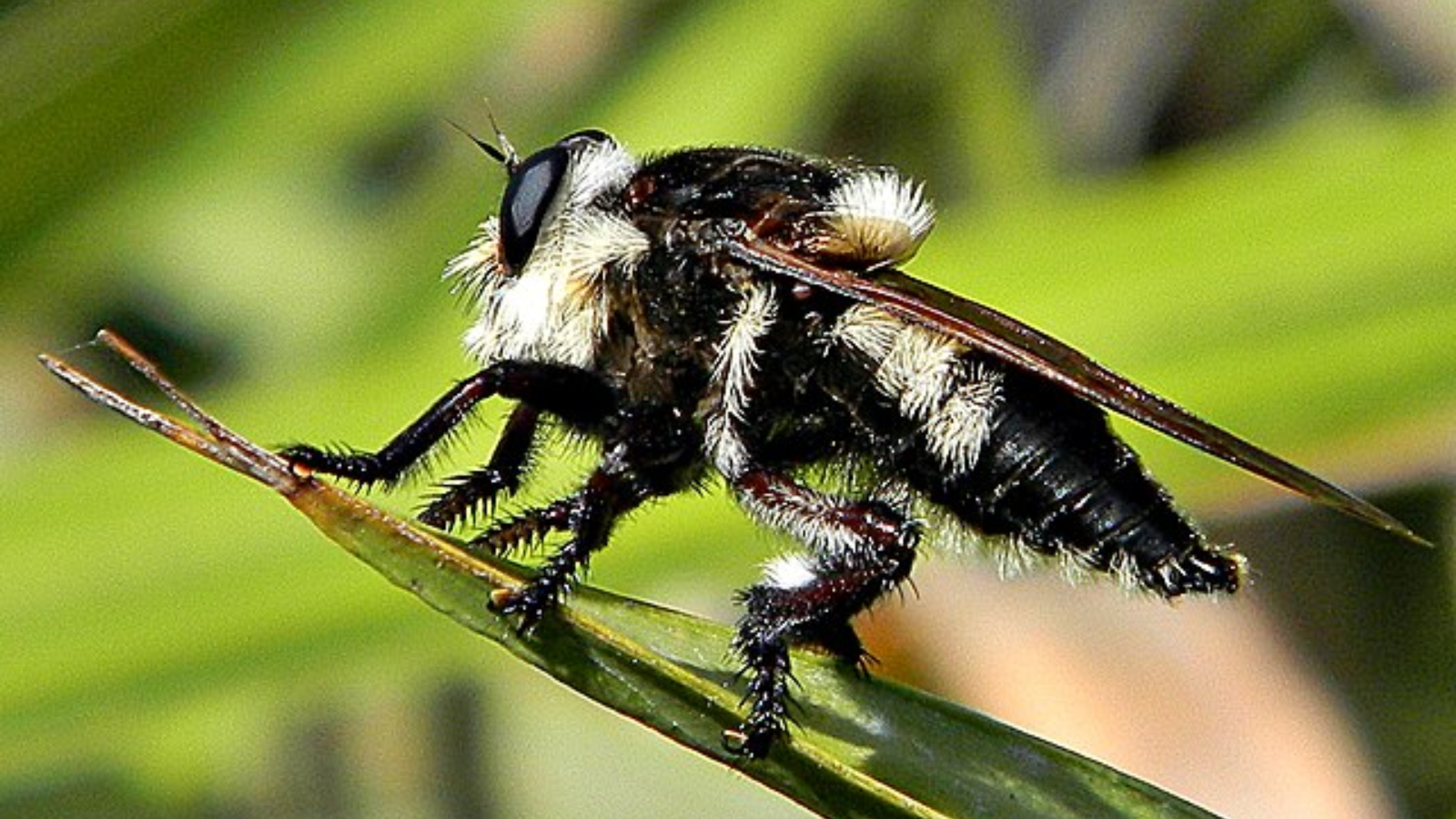
Africanized honey bees, commonly known as “killer bees,” are found in the southern United States. These bees are more aggressive than regular honey bees and attack in larger numbers when their hive is threatened. Their venom is no more potent than that of regular honey bees, but the sheer number of stings can be life-threatening. In a survival scenario, accidentally disturbing a killer bee hive could result in a massive swarm attack, potentially causing hundreds of painful stings and posing a serious risk of anaphylaxis.
15. Brain-Eating Amoeba

Naegleria fowleri, commonly called the “brain-eating amoeba,” lives in warm freshwater bodies across the southern United States. This microscopic organism can enter the body through the nose when swimming or diving in infected waters. Once inside, it travels to the brain, causing a rare but usually fatal infection called primary amebic meningoencephalitis (PAM). In a survival situation where you might need to rely on natural water sources, exposure to this amoeba could lead to a deadly infection with symptoms appearing within 1-9 days.
31 Venomous Animals You Should Avoid at All Costs
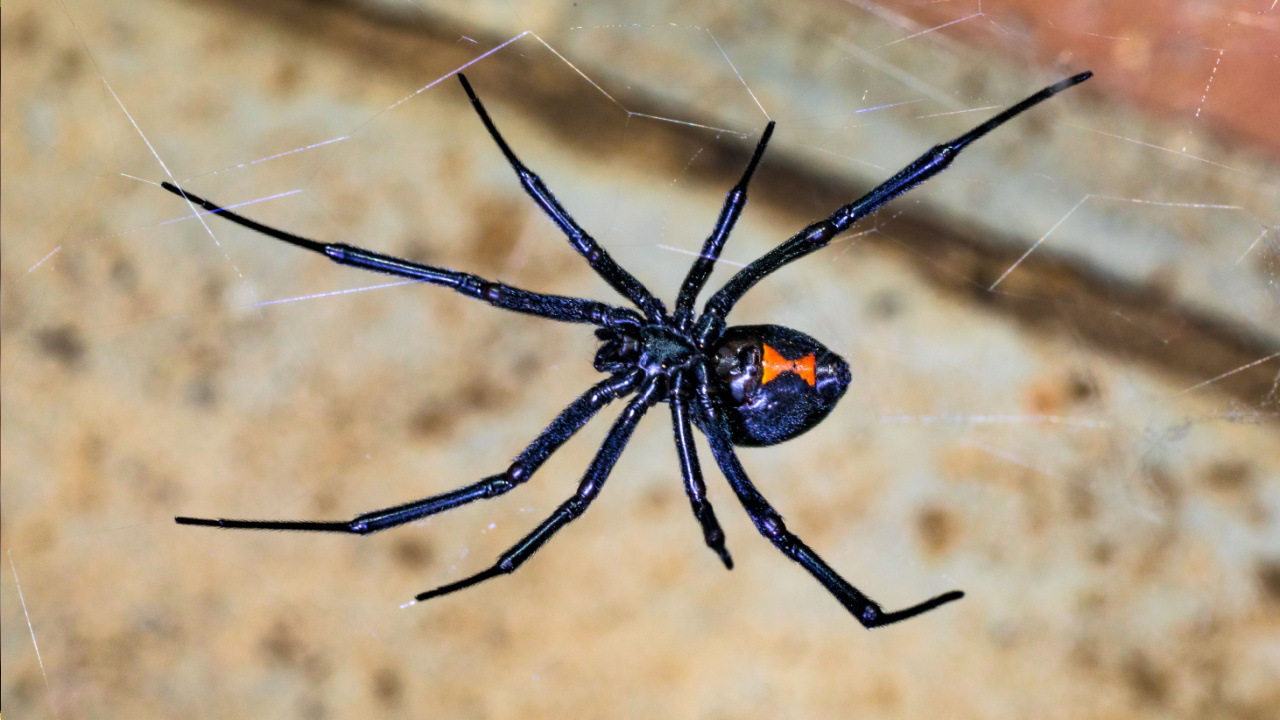
Many people confuse venomous and poisonous animals, but these terms are not the same. Poisonous animals release toxins when touched or ingested, while venomous creatures deliver toxins through bites or stings. Venom varies greatly among species, with some animals developing specialized methods to defend themselves or catch prey.
The danger of a venomous animal is often measured using the lethal dose 50% (LD50) metric, which shows how much venom is needed to kill half of a group of lab mice. The LD50 helps understand venom’s potency, but factors like the amount of venom injected and the physical trauma caused are also important. From jellyfish tentacles to snake fangs, these adaptations can be deadly. Here are 31 venomous animals you should avoid at all costs.
Beyond the Spinning Wheel: 12 Unexpected and Practical Ways to Utilize Wool
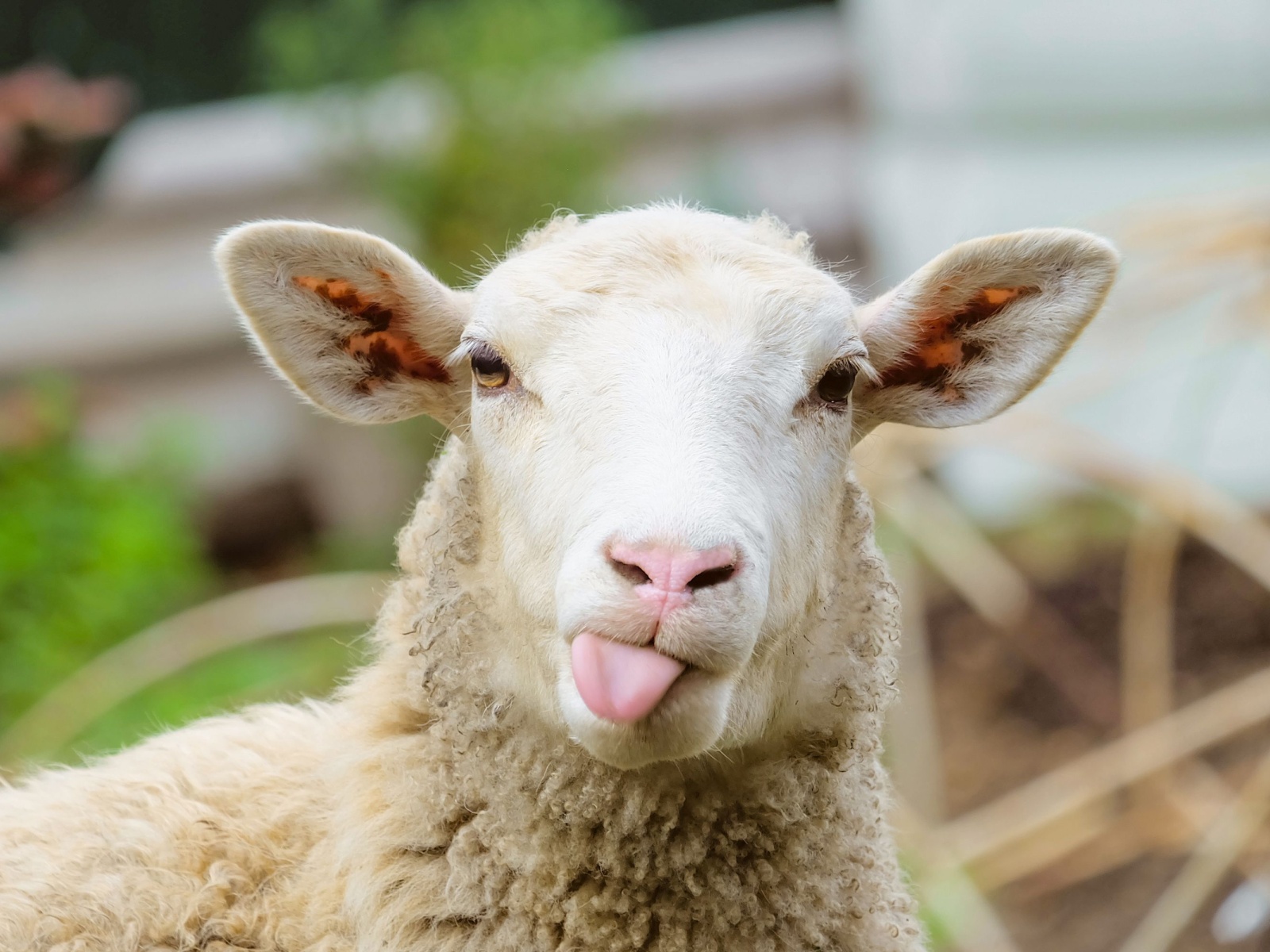
Wool is a wonderfully versatile material that goes far beyond traditional spinning. Known for its durability and warmth, wool can be used in numerous creative and practical ways around your homestead. This list will explore some of the lesser-known uses for wool that can enhance your self-sufficiency and make everyday life a bit easier. Whether you’re a seasoned homesteader or just starting out, these ideas will help you get the most out of every fleece.
55 Unbelievable Animals Who Are Extreme Survival Wizards
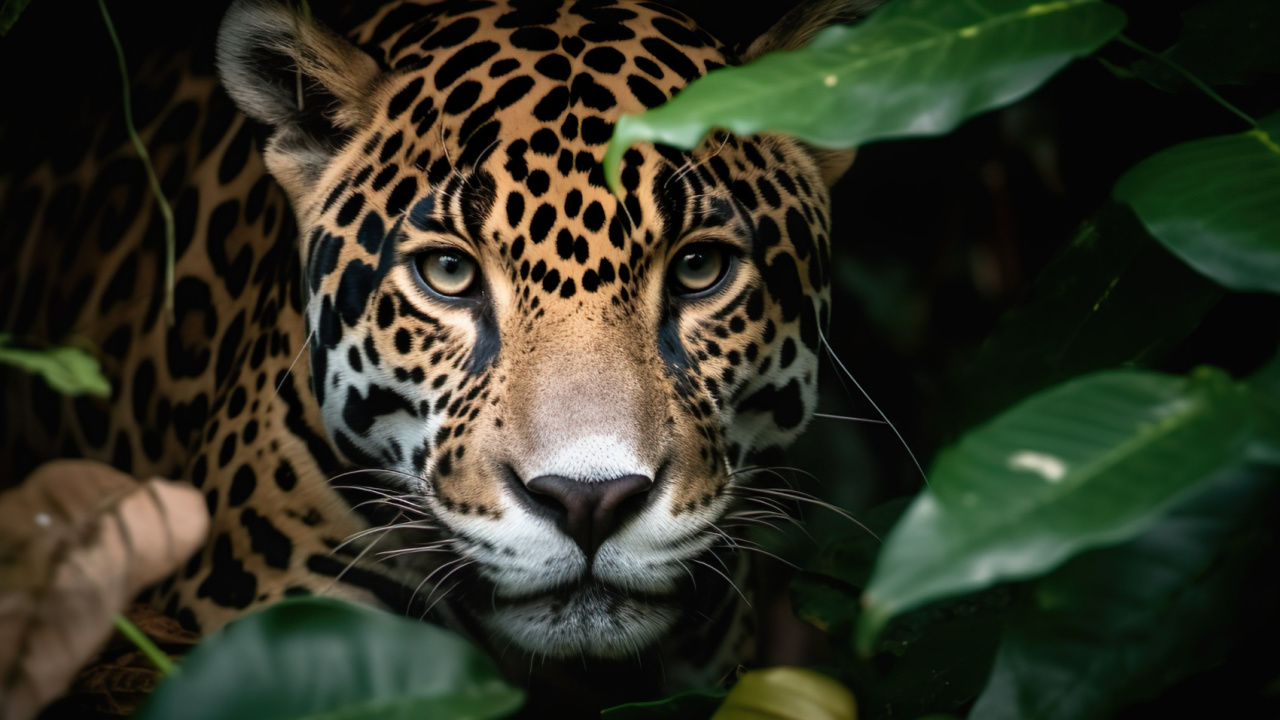
Survival in the wild is no easy task. Animals must deal with tough environments and dangerous predators every day. To stay alive, many animals have developed special abilities and behaviors. However, a few have taken it to the next level with some truly amazing survival skills. In this post, I’ll introduce you to my top 55 animals that have mastered the art of survival with some of the most extreme adaptations you can imagine!

